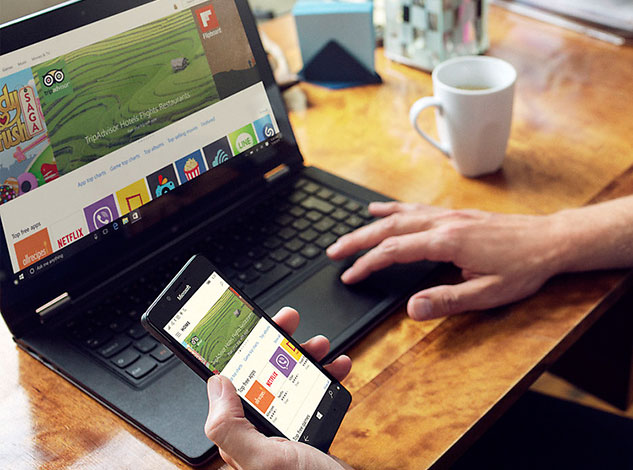Satya Nadella Acknowledges Microsoft’s Unsustainably Low Smartphone Share And Lack Of ‘Elite’ Developers

For starters, Microsoft promised that it would deliver the RTM build of Windows 10 Mobile for Lumia devices in December. However, once December rolled around, Microsoft stated that the release of Windows 10 Mobile for “legacy” devices would be delayed until 2016. So, we wait.
Perhaps more damning is the relatively low-key launch of the Lumia 950 and Lumia 950 XL smartphones, which are only available exclusively through AT&T with a service contract (otherwise you have to pay full price to get a device off-contract and unlocked). And even then, you can only use either smartphone on AT&T or T-Mobile in the United States – both devices lack the hardware to support Verizon, America’s largest wireless network, or Sprint.
Given Windows Phone’s perennial lack of popular apps that are abundant on Android and iOS platforms; a focus on budget, low-end smartphone in recent years; and a lack of compelling high-end hardware [until now]; it should come as no surprise that Gartner pegs Microsoft’s global smartphone market share at just 1.7 percent.

This circling of the drain of Microsoft’s smartphone efforts is not lost on CEO Satya Nadella. In fact, Nadella acknowledges that this flatlining market share is unsustainable as a business in the long run. However, he pivots to say that the endgame is not so much the device, but Microsoft services that can run on any device. This shift in focus explains why Microsoft has often devoted so many resources to bring its cloud services like OneDrive and Office 365 to competing platforms, perhaps to the detriment of its own fledgling smartphone operating system.
In Nadella’s eyes, we all use multiples devices daily ranging from smartphone to tablets to laptops to desktops — so if its smartphone platform isn’t exactly performing up to par, there are other venues to pursue. “If you think of this more like a graph, these [devices] are all nodes,” said Nadella. “Sometimes the user will use all of these devices … sometimes they’ll use only one or two of our devices and some other platforms — so be it. But we want to make sure that we are completing the experience across all of these devices.”

Microsoft CEO Satya Nadella
Nadella also acknowledged the elephant in the room: app support on Windows Phone/Windows 10 Mobile. Microsoft is hoping to make it easier for developers to bring their apps to the Windows 10 Mobile platform with Universal Apps, but so far we’ve seen very little momentum in closing the “app gap” the exists compared to the two leading smartphone platforms. Nadella also acknowledges this other critical deficit.
“What you’re referencing is what I’d call the elite developers, and a lot of them go to the volume platform,” Nadella continues. “There’s no question that in the case of the smartphone, today, we are not that high in share.”
He goes on to say that the strength of the Xbox One platform and the incredible interest in HoloLens will help bring elite developers to its Windows 10 Mobile platform. That seems like a tall order to expect “elite” developers to devote resources to a smartphone platform that has sub-two percent market share at the moment, but stranger things have happened…

